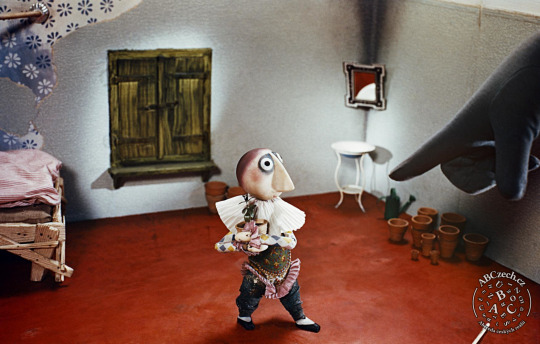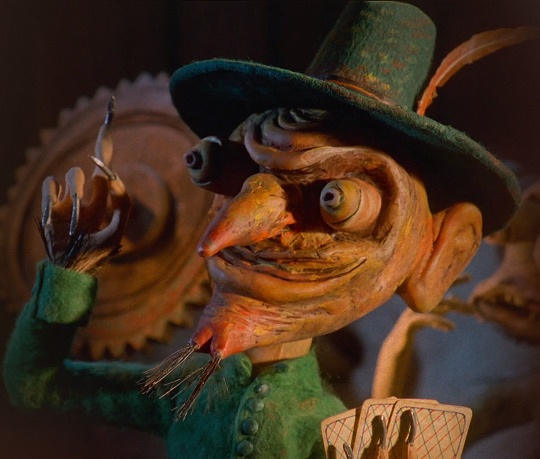Basil Kaye // 20 // he/they // art student // CZ-NL 🏳️🌈
Don't wanna be here? Send us removal request.
Text
I think part of why people don't like to call PCOS and gynecomastica intersex is because it challenges the image of intersex people being super rare. We're more common than you think.
16K notes
·
View notes
Text
I feel like most able bodied people see wheelchairs as the worst thing that could happen to a person. When I discuss my want to have a wheelchair for various reasons, most peoples first reaction is to be surprised that I could voluntarily consider that.
But what they fail to consider is that, unlike them, I very much hate walking. It causes me pain and fatigue, it is a miserable experience.
So to any able bodied person reading this, yes some wheelchair users like walking, some want to gain that ability back, but that does not invalidate the feelings of wheelchair users who absolutely hate walking.
2K notes
·
View notes
Text
Say it with me! Wheelchairs aren’t sad! Mobility aids aren’t sad! Mobility aids are instruments of freedom!
17K notes
·
View notes
Text
I think that it's now a rule that if something looks wierd and disturbing, a czech person is probably involved.






National talent
993 notes
·
View notes
Text
The polish experience is actually seeing something in czech and skimming over it because "idk what this says" but actually... hold on...I DO know what this says
1K notes
·
View notes
Text
two years goes by in an absolute flash,,,,,
5 notes
·
View notes
Text
im up straight not afraid of it. and by ‘it’ i mean. haha. lets just say. keep on living
5K notes
·
View notes
Text


THE NIGHTMARE BEFORE CHRISTMAS (1993) dir. Henry Selick
2K notes
·
View notes
Text

he's had such a hard day. look at him. exhausted.
5K notes
·
View notes
Text

Kristína Bukovčáková (Slovak, 1991) - Bleeding But Alive (2023)
75 notes
·
View notes
Text
how goes the new discord server for the polycule you ask? well,

8 notes
·
View notes
Text




photographs by my dad: baby foxes, summer 1991
4K notes
·
View notes
Text
Why Gothic Literature is secretly queer
Monsters, vampires, werewolves, and magical portraits are all part of what we today call Gothic literature. Gothic literature brings the most terrible things on paper and ensures the reader experiences a feeling of terror and fear when reading the writer’s work. But how are writers able to create these hair-raising stories and bring out people’s deepest fears?
The main reason why authors can create these kinds of chilling stories is because they assimilate their own experiences in their work. This means that when reading a literature piece you most likely also read a twisted or symbolic version of a situation or feeling the author experienced. In the case of Gothic literature, this can probably be understood as a fear of the author, due to the terrifying undertone of the literature subgenre characteristics.
In other words, Bram Stoker didn’t actually mean with his work to warn people about possible night-living bloodsucking creatures. He talked about his deepest societal fears, formalized in the context of a vampire.
But what kind of fears are we talking about?
During the 19th century, many fears could have been experienced by authors and therefore be the inspiration for their work. However, a clear motif within gothic literature is queerness and homosexual tendencies.
LGBTQ+ people have always been around, including the 19th century. Although the level of acceptance regarding queer people is far from perfect in our current times, the 19th century was a different time in historical background and queer recognition.
The difference between the 19th century and other historical periods is the fact that people, for the first time since the Ancient Greeks, spoke of homosexuality as a concept. During the 2nd Industrial Revolution, scientists analyzed homosexual tendencies and formed an opinion on queerness.
Heteronormativity and queerphobia have made it hard for LGBTQ+ people to accept their feelings. This resulted in fear and anxiety around concepts like marriage and social standards.
Dark Romanticism and Gothic Literature proved to be the ideal place for angsty people to pour their hearts out in the form of chilling creatures and horrific scenes. These elements are nothing more than an expression of their anxieties.
We cannot talk about queerness in Gothic literature without mentioning our queer icons: Dracula and Dorian Gray.
It is no secret that Bram Stoker’s Dracula is a sexually-tinted piece, with extensive use of sensuality and seducing elements. These elements are regarding female as well as male characters. The act of drinking blood was often associated with sexual acts in the Victorian era, so the fact that Count Dracula drank the blood of females as well as males, proved to be related to bisexuality.
Besides, it is clearly stated that the sexual tendencies were related to Dracula, the antagonist. How sexuality is portrayed as a sin in Dracula could be a reference to Bram Stoker’s experiences with homosexuality.
Oscar Wilde was one of the few openly gay men - as far as we can talk about being openly gay in the Victorian era - during his writing period. This resulted in the Oscar Wilde trial and eventually his death. However, his homosexuality and queer tendencies are well portrayed in his work.
In The Picture of Dorian Gray, Dorian seemed to be seduced by Lord Henry. Apart from that, Basil, the painter of his picture, seemed to be attracted to Dorian too. This triangular relationship was full of sensual and sexual elements and queer motifs, but in an antagonist kind of way just like in Dracula.
These examples are just a few in which queer motifs seemed to be linked with monsters and other antagonist-like creatures within Gothic literature.
This proves that LGBTQ+ people have often been searching for a way to express their suppressed feelings in a heteronormative environment. In some ways, it is not that different from our current times. Think of all the moments when you cannot hold hands with your partner or avoid expressing any other form of affection to guarantee your safety. It proves that we still have a long way to go to be able to love who we want to love.
10 notes
·
View notes




